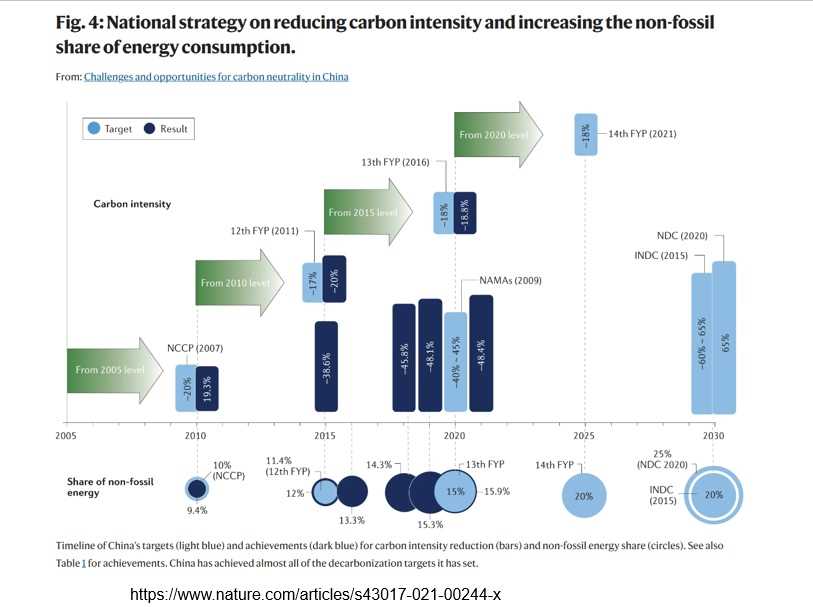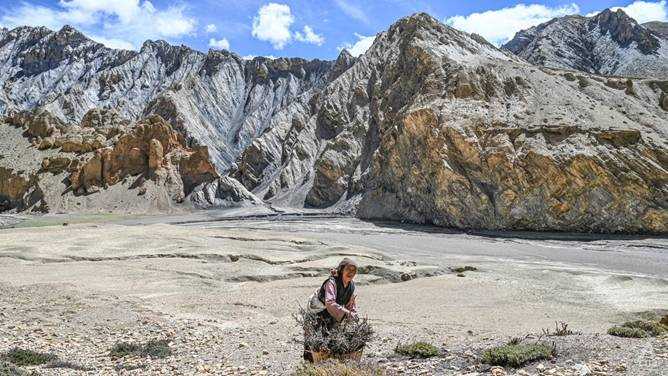
Monica Cheru, Managing Editor
Beijing-—While most of the 1.4 billion Chinese celebrated the Dragon Boat Festival on June 1, 2025, Gongshan County’s 4,857 residents battled a nightmare.
Swollen rivers triggered mudslides that destroyed 27 homes, damaged 16 bridges, and caused 87.54 million yuan ($12M) in losses. Rescue teams evacuated 1,342 residents and 638 stranded tourists—500+ from Bingzhongluo Township alone.
“We heard boulders crashing like thunder," one evacuee told state media as 108 firefighters raced to clear 97 roadblocks.
This comes after at least six people lost their lives when heavy rainfall affected southern China, particularly the Guangdong and Guangxi provinces, from May 16.

During a presentation to foreign journalists in Beijing this Tuesday, Professor Yazhen Gong of Renmin University said these incidents are not freak weather but systemic illustrations of how climate change is affecting China.
Professor Gong said Shanghai, China’s most developed city, facing significant sea-level rise within decades, stands as a stark symbol of the climate urgency gripping the nation.
Professor Gong's lecture, "Toward Carbon Neutrality: Sciences, Economics, and Strategies," delivered two days after the Yunnan holiday distress, is a data-driven diagnosis explaining why China is seized with the drive for green energy development.
"A baby born in 2020," Professor Gong highlighted, citing Science (2021), "will experience 36 times more heatwaves, 3 times more floods, and 5 times more agricultural losses than someone born in 1960. Climate change isn't a future threat; it's billing us now."

APragmatism for real challenges
China is the world-leading investor in wind and solar. The nation’s trillions invested in renewables reveal a survival calculus eclipsing geopolitical posturing. China now manufactures 80 percent of the world’s solar panels and recorded $336 billion in wind turbine exports last year.
Its electric vehicle production is impacting the domestic and foreign markets, with millions of units sold annually. The nation's massive national carbon market has often been presented through a geopolitical lens.
But Professor Gong and other experts argue that the driving force is far more pragmatic: survival and self-interest.
"Reliance on imported oil and gas is a strategic vulnerability," Professor Gong stated, clearly explaining why China's targets of 25% non-fossil energy by 2030 and +80% by 2060 are a blueprint for energy independence.
Related Stories
The evidence of the determination to wean itself off the 70% fossil fuel imports that it has no control over is visible all over the vast country: wind turbines gracefully waving along the top of mountain ranges, solar farms turning barren deserts into productive areas, and nuclear plants steadily coming online.
These developments are directly linked to China’s industrial strategy. It is not by chance that China now dominates global solar panel, wind turbine, and EV battery manufacturing.
Professor Gong's slides revealed a sharp upwards gradient for renewable electricity capacity, with EV sales penetration galloping past 30%.
"This is about future-proofing the economy, securing high-value jobs, and leading the industries of tomorrow," Professor Gong emphasized.
The launch of the world's largest carbon emissions trading system in 2021, now covering 70% of China's energy-related CO₂ emissions and operating with 99.5 percent compliance, is another testament to this market pragmatism.
"It’s about finding the cheapest ton of CO₂ to reduce first," explained Professor Gong.
Prices per ton have risen steadily to $8-10, funding high-integrity solutions: forestry carbon credits to protect vulnerable regions like Yunnan, carbon capture for heavy industries, and flood monitoring technology like the KDFIMv2 system that maps risks at 30-meter resolution.
"Pragmatism demands solutions for all sectors," Gong noted, highlighting project areas like forestry and innovative carbon removal tech.
Beyond Geopolitical Noise
What is important to note is that while China's actions align with its commitments under the Paris Agreement, it is pursuing its own agenda.
This explains its dedication, which has made a lie of US president Donald Trump’s prediction in 2017:
“The Paris Accord... imposes intolerable burdens on American workers and taxpayers... China will be able to increase these emissions by a staggering number of years—13. They can do whatever they want for 13 years.”
Critics like Trump focused on perceived near-term burdens and differentiation between developed and developing economies.
Professor Gong's data tells a different story about China's trajectory. Its emissions intensity (CO₂ per unit GDP) is plummeting, and its non-fossil investments dwarf those of most nations.
What Trump did not factor in is that China is driven by domestic necessity, not international pressure. It is the lives of ordinary Chinese people facing climate change that drive the palpable urgency Professor Gong described.
The May floods are just the latest chapter. In some areas, scorching heatwaves are now an annual occurrence, and droughts are threatening farmlands.
So, while some talking heads continue to discuss China’s green development from an international power play perspective, Professor Gong's data-driven lecture underscores that China's vast green energy machine is, fundamentally, a nation's pragmatic answer to the needs of its large population.
China’s most important question is not what politics sees in its rapid green energy development story, but whether it's fast enough to outpace the risks looming over its children, who “will experience 36 times more heatwaves, 3 times more floods, and 5 times more agricultural losses.”



















Leave Comments